It’s very easy when you live in Paris to take the city for granted. Sometimes life feels like a series of microaggressions: people challenging you to get out of their way on the sidewalk (as if you don’t have somewhere important to go, too); the race to bag your groceries at the supermarket while trying to find your fidelity card, get your credit card to line up with the right place on the machine while fending off the person behind you who is sighing loudly (on purpose); and the cyclist behind me last week who cursed at me for stopping to let an ambulance with its light flashing and siren screaming, go in front of us. I almost turned and used some language I don’t normally use, even in English, but figured wherever she had to go was a lot more important than where the ambulance was going. I proposed having the Olympics 365 days of the year in Paris since it was a whole different city. But like the mayor’s proposal to keep the Olympic rings on the Eiffel Tower forever, my idea didn’t seem to catch on. While I was walking in the Place Voltaire recently, I noticed many people looking up at something, so I did the same. It was just after a rainstorm, and the light was hitting the tops of the building, and the sky was a gauzy violet color that my cameraphone couldn’t quite capture, but it was so breathtaking to see the city like that in real life, even locals were captivated. It’s easy to take for granted things like access to excellent bread, cheese, and wine, which are far more important than paperwork, stepping in front of someone else in line (imho), and sidestepping les crottes du chien. (Someone actually makes a chocolate candy named after them. I don’t know about you, but if I was making chocolates, that’s the last thing I would want people to associate them with.) In the past few years, the word “tourist” has gotten a bad rap. We’ve been told that when we’re traveling to do things like learn a few phrases of the local language and to avoid restaurants with English menus. But when I was in Vietnam, unless you can read Vietnamese, it’s like being handed a menu in Greek…which happened to me in Greece. Speaking as a former waiter, it’s easier for servers to hand people menus in a language they understand rather than translate the entire menu, then stand there while people decide what to eat, especially when you’ve got other tables that need your attention. Restaurants don’t offer menus in English to make you feel like a lesser person. They do it to help you order, so you get what you want. On one of my first trips to France, circa 1997, I ordered a dish that I thought was a Cassoulet, but was actually a casserole of tripe, which I learned when I was presented with a very large, steaming bowl of stomach lining. No offense to anyone who likes tripe—I’ve met people who hate what I like: coconut, cilantro, beans in chili, nuts in brownies, etc.—but when it comes to innards, a little goes a long way with me. When I was in Lebanon, I did my darndest to try to learn a few phrases in Arabic and also tried to learn a bit of Arabic on Duolingo, but I didn’t go very far with either since the language is extremely challenging. I can count to ten in Korean and say “Thank you” and “hazelnut” in Turkish, but I do wish I’d learned the right way to say “Vietnamese coffee” before I went to Vietnam, because when I tried to order one, they’d ask me if I wanted a “cà phê sữa đá,” which to me sounds like “coffee soda” and waved that idea away. I don’t know if that makes me a bad tourist, but I did miss out on a lot of Vietnamese coffees. Here in Paris, among friends, we’ll often say we’re going to “play tourist” when we get to do fun things around town, like go to a museum or take a boat down the Seine. If you want to “live like a local” when you travel, you could stay in your room and pay bills, try to get a plumber to come on a Sunday, get woken up at 6:15am by your upstairs neighbor’s kids, or commute with a gazillion other people on the métro during rush hour, but I’d rather go to a bistro or drink Champagne on a boat slowly winding its way down the Seine. I don’t see any upsides to not being a tourist. I do tell people who feel uncomfortable about being a tourist in France (or anywhere), that if they were coming to their home country, that stiff waiter or gruff cab driver would likely make gaffes too. But I do recommend learning “Bonjour” and “Merci” if you come to France, as la politesse is a lot more important in France than it is in the States, where the staff at CVS gives me funny looks when I thank each and every one of them after I’ve paid for my M&M’s. In mid-October, we began a lengthy photo shoot for my next book. One of the great things about writing a book and being part of the photo shoot (many authors aren’t), in addition to getting to eat macarons and traipse around town visiting chocolate shops and bistros, is that I get to work with great collaborators, such as photographer Ed Anderson and food stylists George Dolese and Elisabet der Nederlanden, who crossed the ocean to work on the book. I can write recipes and stories, but when it comes to coaxing food into place and taking photos of it, I leave it to the pros. And let me tell you, there’s nothing better than having two meticulously clean people leave your kitchen looking like a surgical scrub room at a hospital at the end of every day. I am going to miss that when the shoot is over. And while at first the idea of a second refrigerator, and a third freezer (both of which I bought), seemed like overkill at the time, I’m considering keeping all of them, even if my kitchen looks like an appliance showroom. Shooting the book also helps me to see Paris through a different lens. (And the food stylists make my recipes, so they go through another round of testing.) But I love hitting the streets and seeing the city because there are so many spectacular places here that are easy to forget about, until you take the time to visit them.
So that’s what I’ve been doing for the last two weeks of October and continuing through this week and next. It’s been really fun, and I will miss having my kitchen cleaned on a daily basis. (I think I need a live-in food stylist…taking applications!) But the book will be out next fall, and I hope you like it as much as I did working on it. You don’t need me to tell you that a lot’s been going on in the world, but most of us are fortunate that we can vote, and personally, I love voting. My father was a politician, but times were different then, and the stakes are now higher as the world is a different place. But we’re still all in this together. For those in the U.S., Election Day is just around the corner. If you can vote…please do so! If you’ve been impacted by recent weather events or need help voting, Vote.org can help you sort it out and exercise your right to vote. -David
Links I’m LikingFor those who ask, “How long will that keep?” you might be surprised that some bakers are recommending aging cake. (Taste) This is not the time to give up wine… (NYT/Unlocked) Watch cranberries being harvested. (Kottke.org) A baker in France wonders if the bread in France is all that it’s cracked up to be. (The Guardian) Costco is selling a set of Le Creuset cookware that costs a cool $5K. (Taste of Home) I like the look of these bistro forks, knives, and spoons…although the price is a bit steep. (Sabre Paris) This article on the 17 best bagels in New York makes me want to try them all. (NYT/unlocked) A thieves steal nearly 50,000 pounds of English cheddar from the fine folks at Neal’s Yard dairy in London. (BBC) Doctor gives a great video tutorial on what to do if you’re by yourself, and choking. (Instagram) And here are some new cookbooks I’ve got my eye on:
Crumbs: Cookies and Sweets from Around the World: Food writer Ben Mims explores the wide world of sweets and cookies. The Bean Book: 100 recipes for cooking with heirloom beans, from Rancho Gordo founder Steve Sando, who knows more about beans than anyone else. Zoë Bakes Cookies: Ace baker zoe François shares here new collection of recipes for cookies and bars galore. I want that cover cookie! The Elements of Baking: A baking substitution guide for making any recipe gluten-free, egg-free, dairy-free, vegan…and more. If you’ve got food allergies, and like to bake, this book might just be just for you. Mastering the Art of Plant-Based Cooking: Washington Post food editor Joe Yonan shares over 300 globally influenced recipes for plant-based cooking, with tips and techniques Nature’s Candy: Nothing warms my heart more than candied fruit so when I heard about Camille Wynne’s latest book, I put it on my wish list to pick up next time I’m in the States. (With France getting more assertive about collecting customs and duties on overseas purchases, I’m giving e-books a fresh eye.) Small Batch Cookies: Baker Edd Kimber’s newest book features cookies that feed one to six people, which are perfect if you just want to bake for your favorite person (yourself!) or close friends and family, if you’re okay with sharing. Things I Like
I was reading Lauren Collins newsletter, Lettre Recommandé, recently. When she first launched her newsletter, I got an email with the subject “Lettre Recommandée” in my Inbox and panicked. In France, people aren’t fond of registered letters, which are invariably bad news, and you do your best to avoid going to the post office to pick them up. (Someone at my local post office told me only 10% of them get picked up.) I never suggested she change the name, but I open it 100% of the time. Lauren recently pointed out that the top search engine terms for last year in France were, #1 and #3 being “meteo” and “météo,” (weather and weather). A bit further down the list, at #11 and #12, were “bon coin” and “le bon coin.” What’s Le Bon Coin, you might ask?
Le Bon Coin bills itself as a site de petites annonces gratuites, a website of free announcements. It’s where individuals, particuliers, buy and sell anything and everything. You’ll find a few professionals on there as well, but it’s far from petite — it’s a giant marketplace where people offer everything, from houses, apartments, and vacation rentals to clothing, cars, lamps, towel bars, clocks, hammers, and even green walnuts, which I learned about in June when I was planning to make Nocino and couldn’t find green walnuts in Paris. The site went through an upgrade a short time back, and people would post offers along with their phone numbers, and you’d call them to discuss whatever it is you wanted to buy. Like registered letters, I avoid talking on the phone as much as I can. And if my phone rings, 10 times out of 10, it’s either Romain or spam. There are so many things on Le Bon Coin, above are just a few samples. You have to scoot around and see when the announcement was posted as people tend not to remove them once sold. And delivery is another issue; shipping a postcard is cheap, but shipping a Le Creuset or copper casserole isn’t. Fortunately, there are so many people in Paris on it that you can often find what you’re looking for and pick it up from the seller, or vice-versa. (There’s a detailed explanation of how to buy, and pay for things, on Le Bon Coin here.) I’ve bought everything on Le Bon Coin, including a stainless steel towel rack that was only €5, which only required biking over to the 18th arrondissement to pick it up. The place we stayed at in Brittany this summer was found by Romain’s brother on Le Bon Coin, with no fees — which was also listed on Airbnb…along with a 14% service fee and an €80 cleaning fee. The same rental on Le Bon Coin had neither. Fees, etc., aside, Le Bon Coin is the place where everybody in France goes to get everything. Even if you’re just visiting for a few weeks, if you know someone in France (other than me), you can have things shipped to them, or perhaps your hotel or wherever you’re staying. It’s also more ecological to shop there; it’s a great place to reuse and recycle things, such as towel racks and cookware. Another bonus: If you shop there, you’ll be living very much like a local. Le jambon-beurreA few years ago (2014, to be exact), I wrote about Caractère de Cochon in Paris, a shop that specializes in ham and makes ones of the best, if not the best, jambon-beurre sandwiches in the city. (Another contender is Le Petit Vendôme.) I stopped by the other day to pick up sandwiches for my photo crew just before noon, and as I was leaving, a long line had already formed outside the tiny shop. Things have certainly changed in Paris with video influencers highlighting places, and I’m sure Caractère de Cochon is one of them, as is Chez Alain Miam Miam (26 rue Charlot) just down the street, which has gravitated from being a crêperie, to serving generously overstuffed sandwiches. Not to brag (or sound like a fossil), I featured him in my book, The Sweet Life in Paris, in 2009. Back then, he waved me away when I wanted to take a picture of him. Now, like many businesses in Paris, times have changed and everyone is mugging for the camera, including stalwarts like Ladurée, where visitors used to be routinely scolded for taking pictures (they once booted me out for bringing four visitors in), which now has their own Instagram account. When I got home wiht the sandwiches, everyone loved theirs — including me. Loaded with lots more ham than the local bakeries add, the admittedly higher price (~€15/$16, twice what a bakery charges) was well worth the upgrade, which included slices of Comté cheese, cornichons, and a swipe of butter. While mustard isn’t traditional on a jambon-beurre—mustard isn’t used on sandwiches as it is in the States, a few of the crew couldn’t resist, which is another perk of being a visitor ; ) You're currently a free subscriber to David Lebovitz Newsletter. For the full experience, upgrade your subscription. |
Friday, November 1, 2024
November 2024
Subscribe to:
Post Comments (Atom)

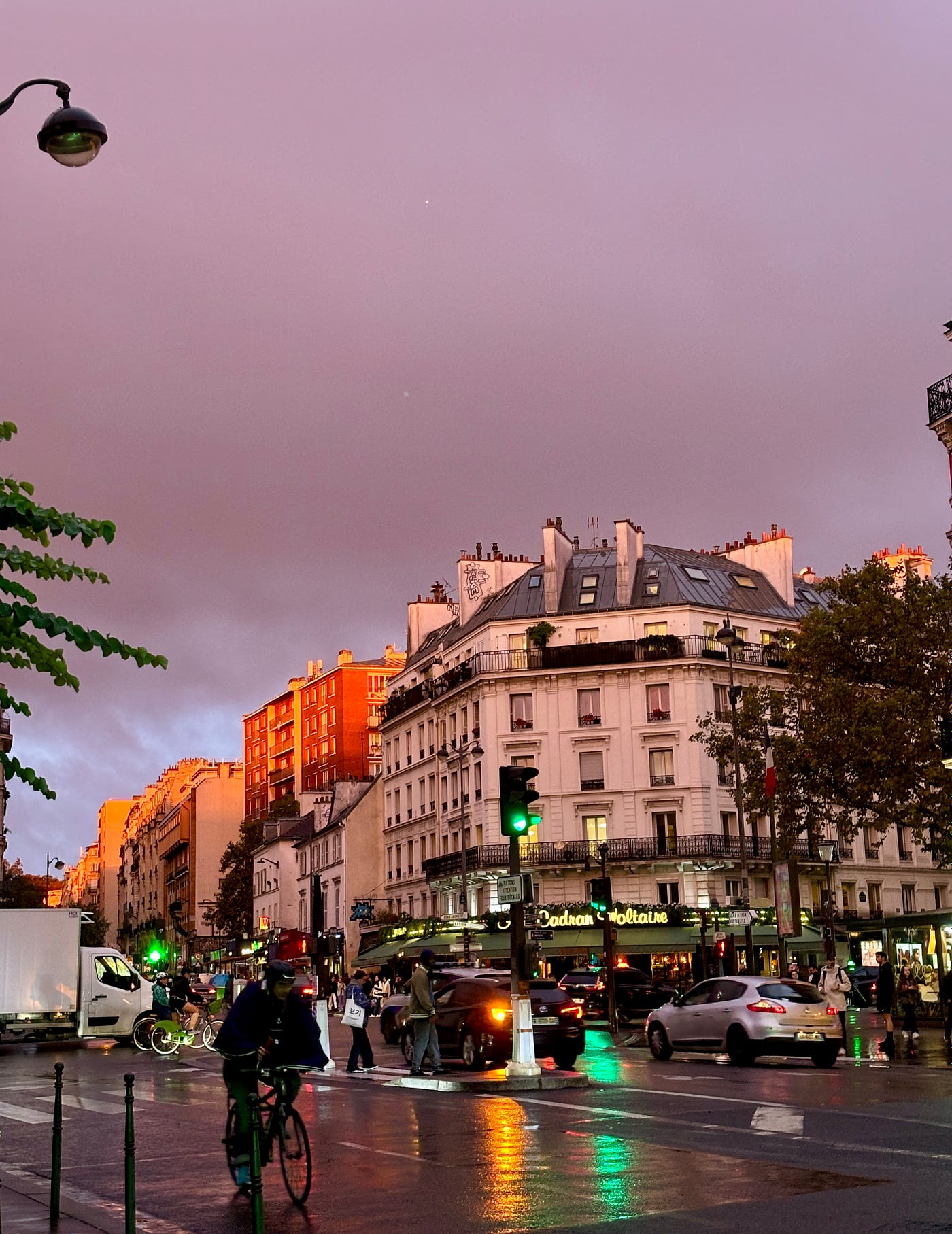
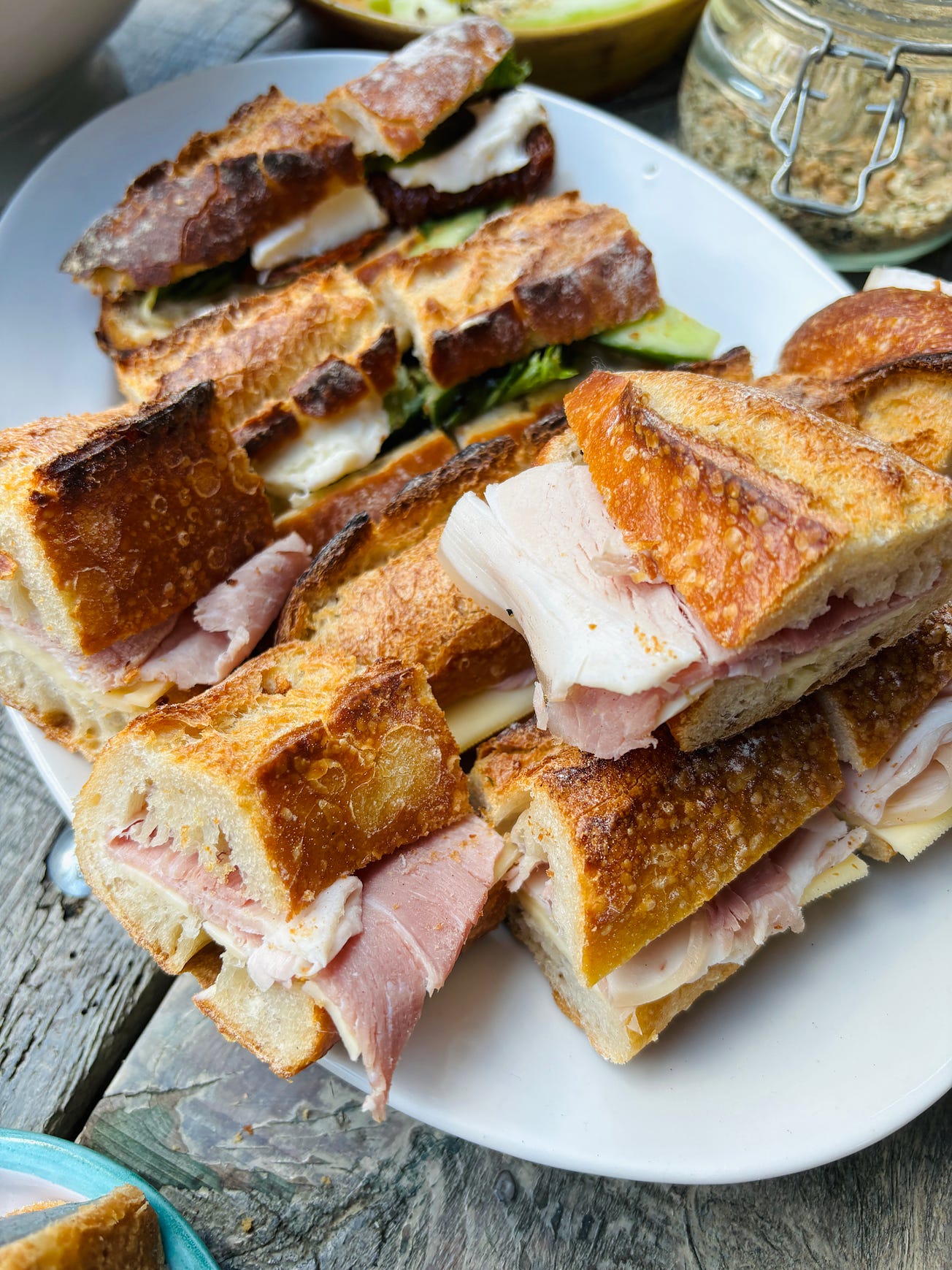
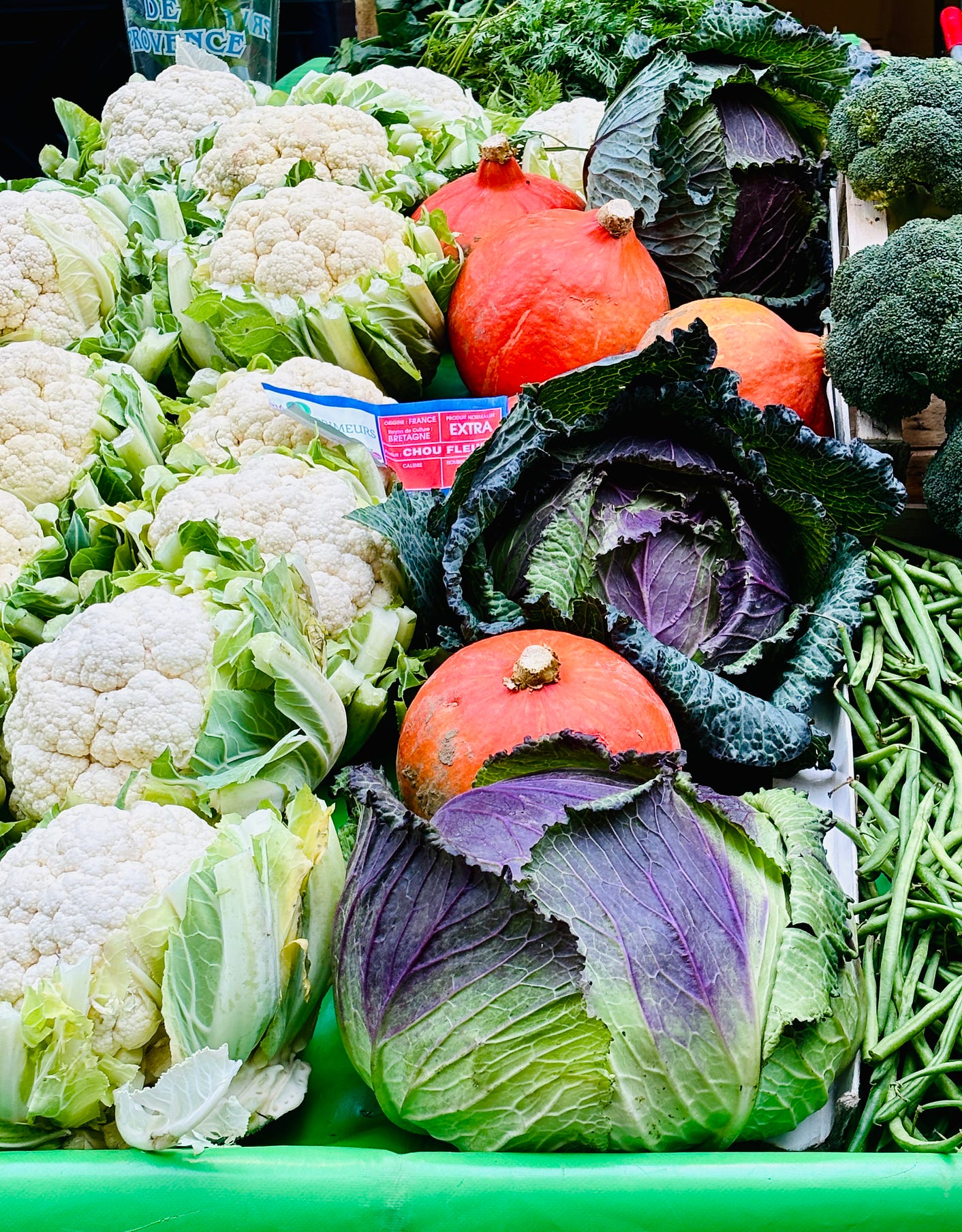
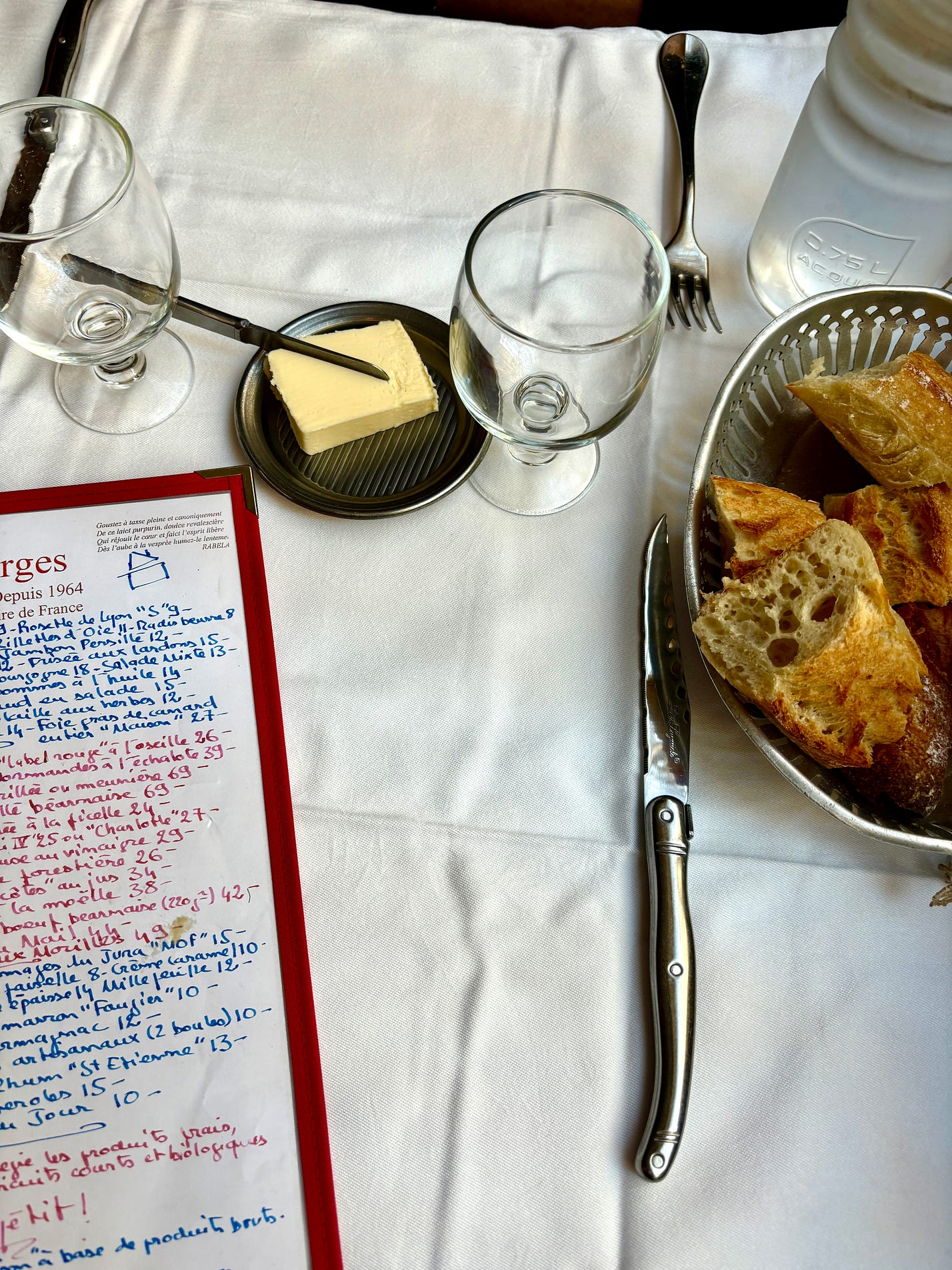

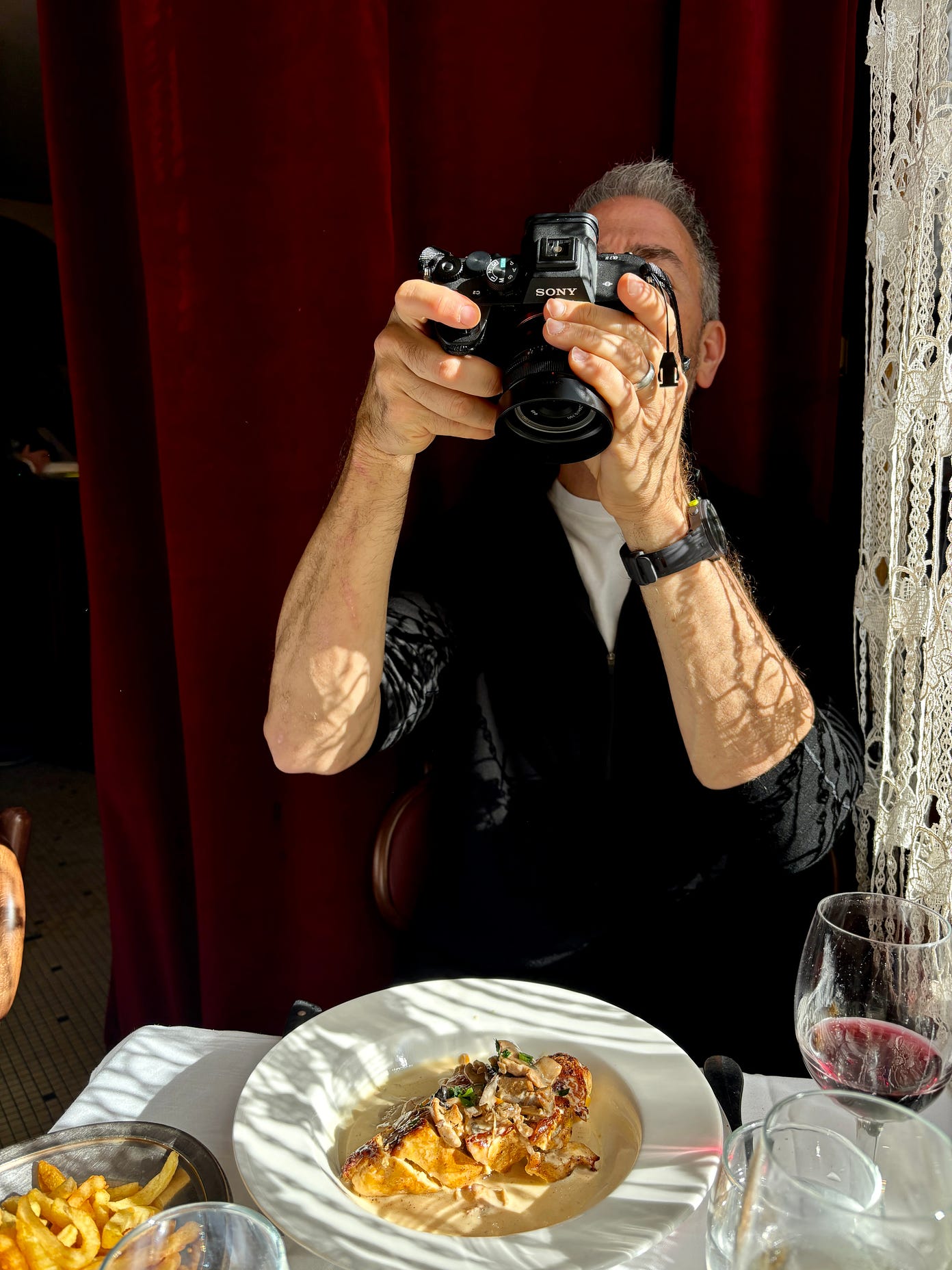
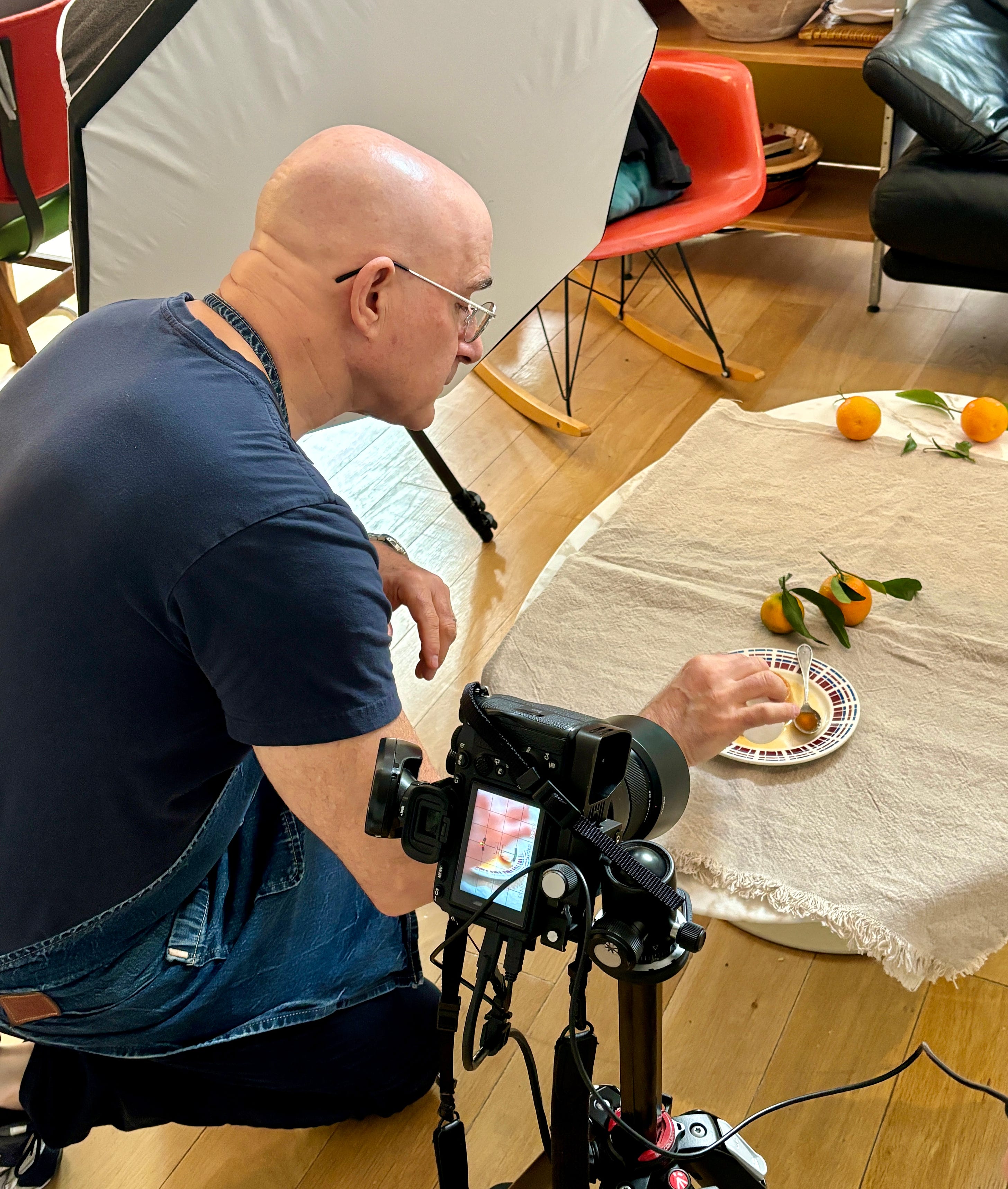
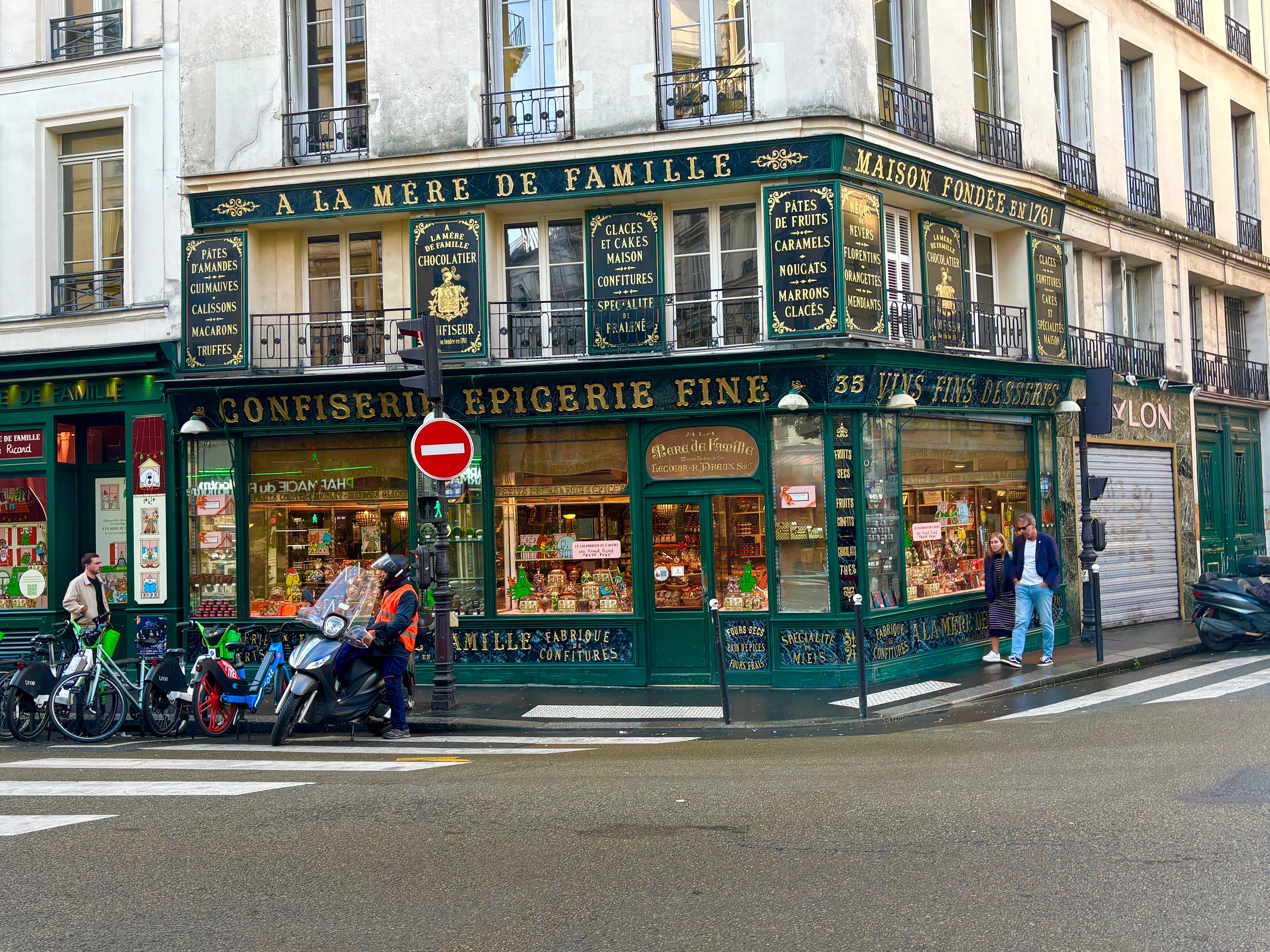
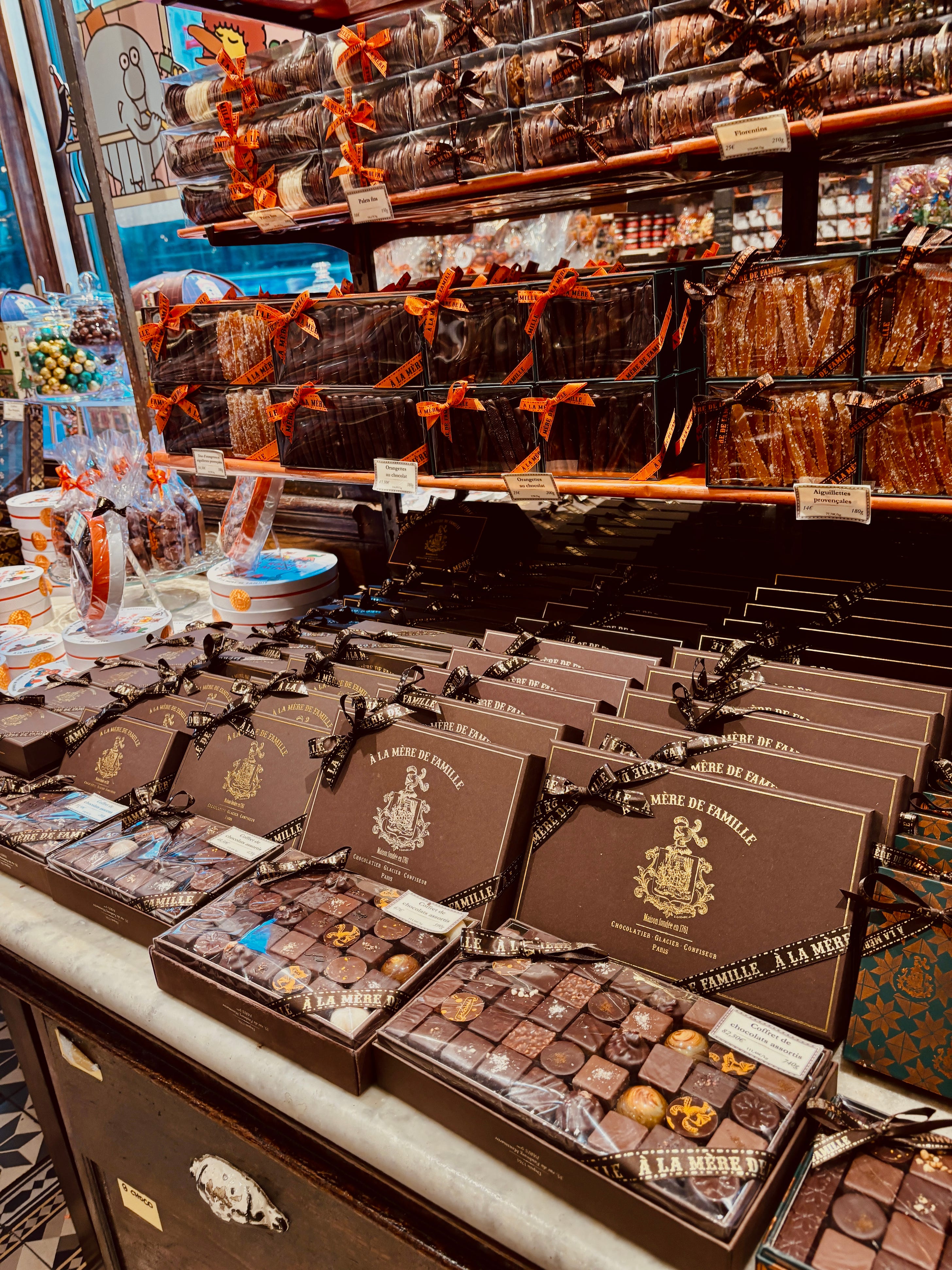

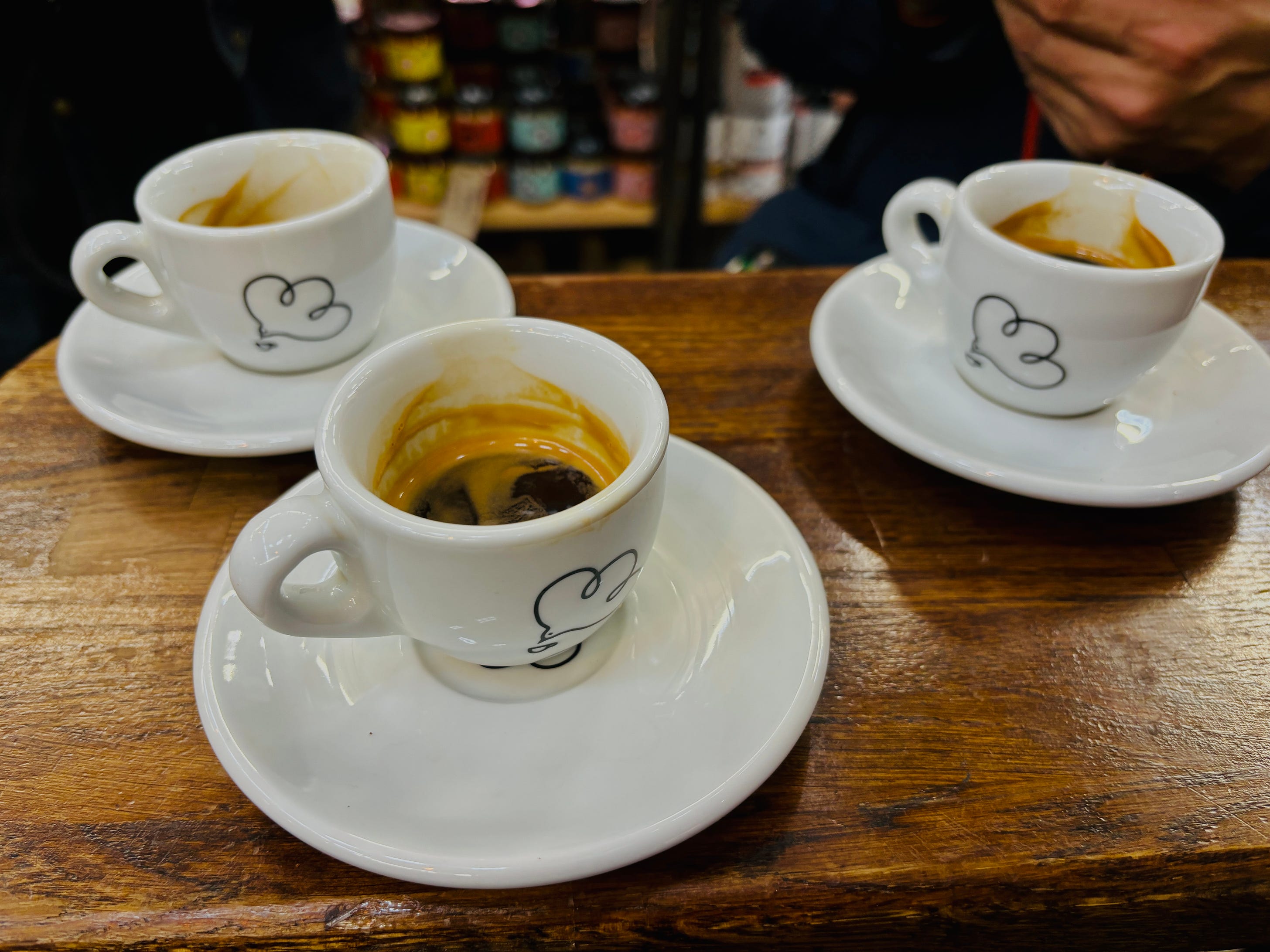
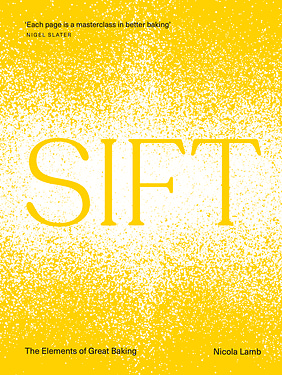
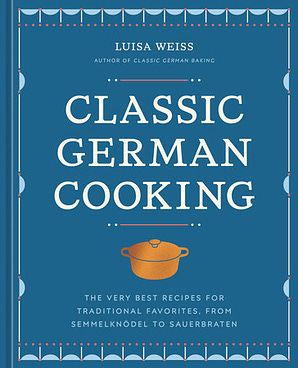
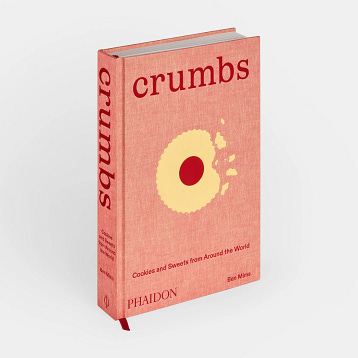
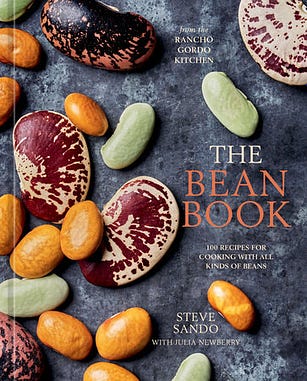
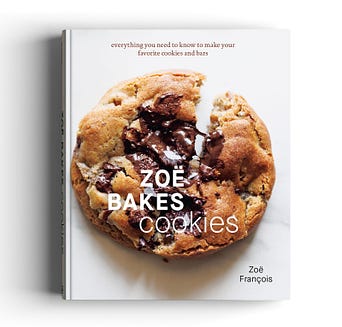
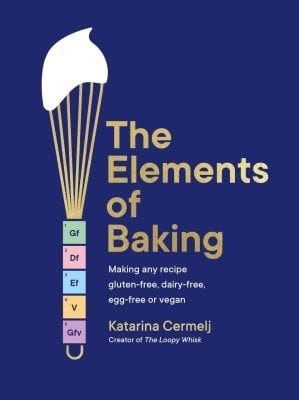
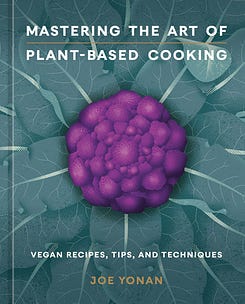
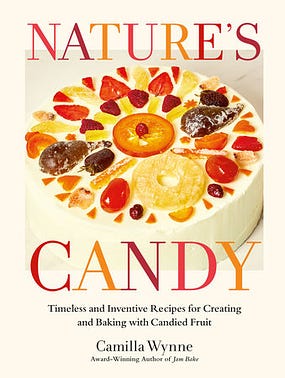
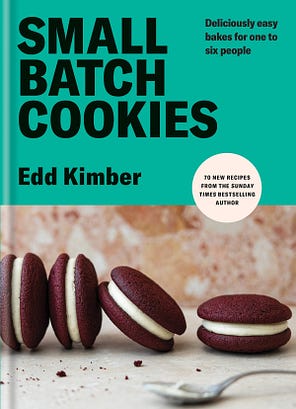


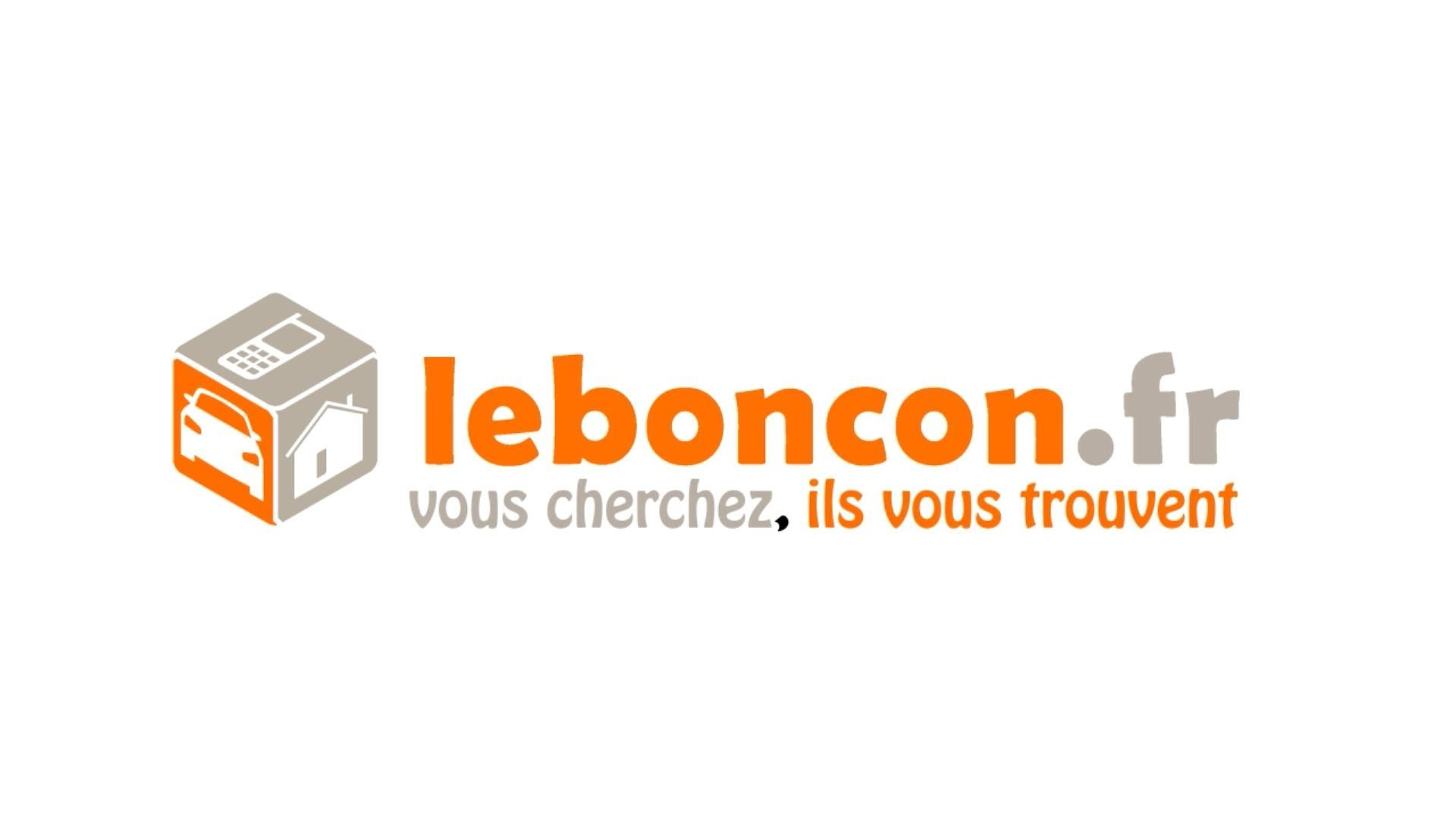
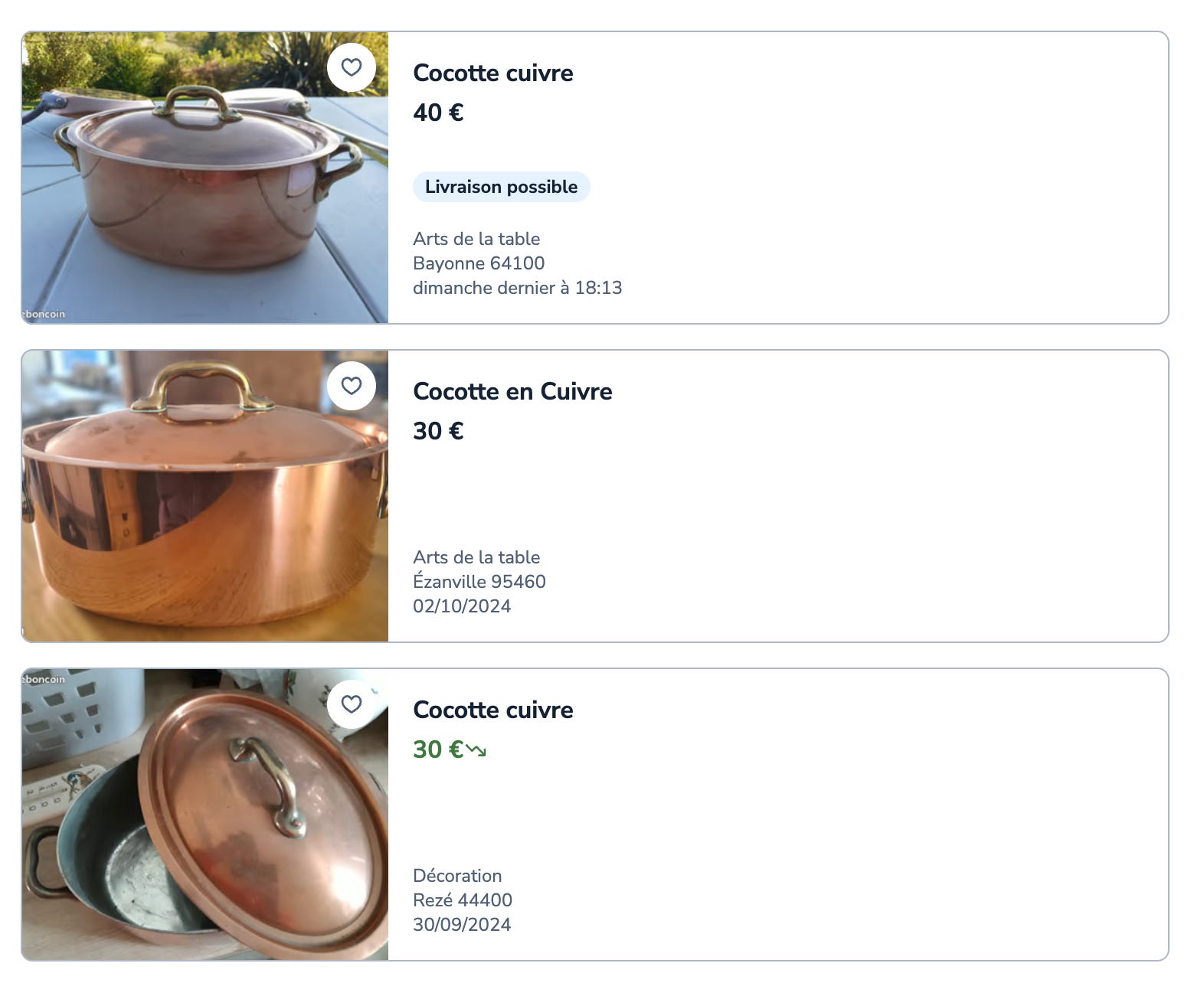
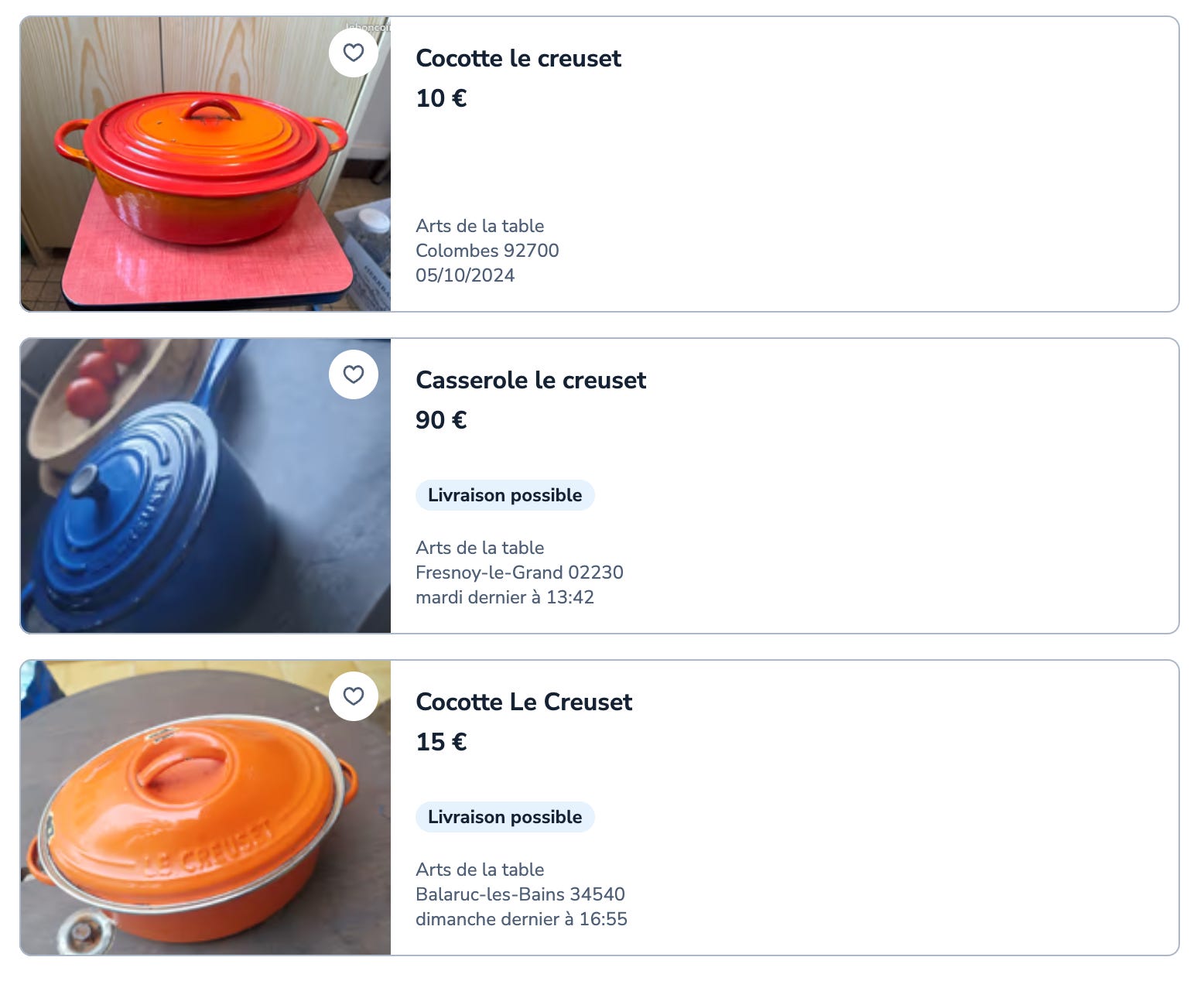

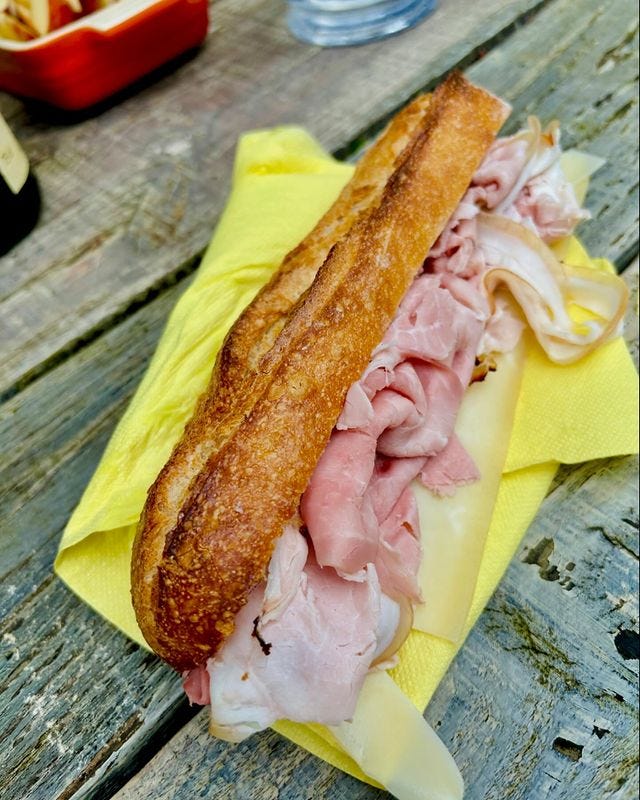

No comments:
Post a Comment